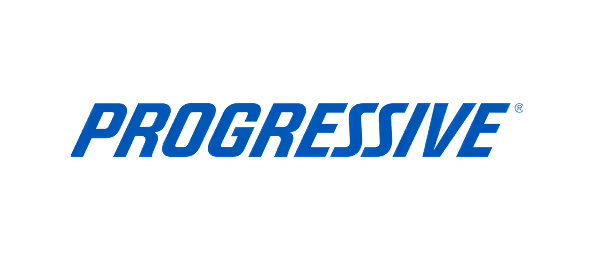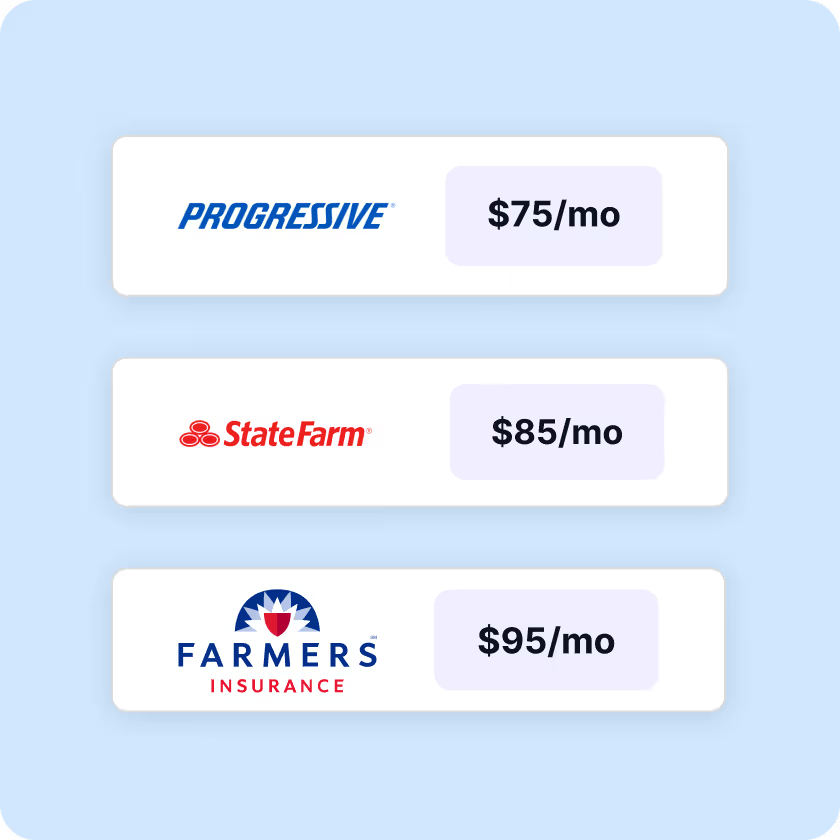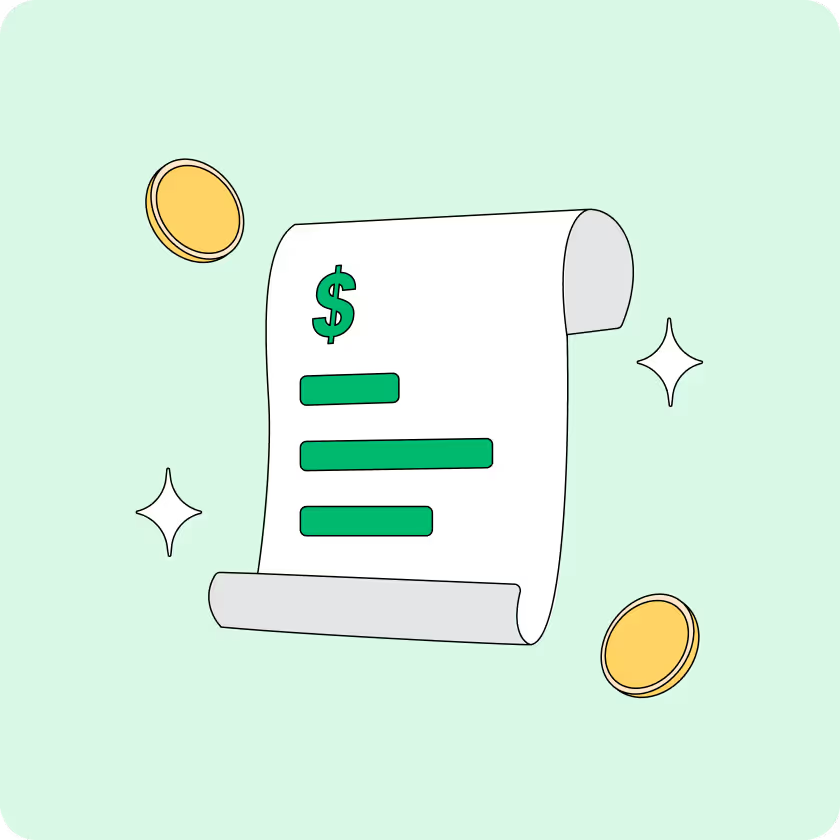
Kudos has partnered with CardRatings and Red Ventures for our coverage of credit card products. Kudos, CardRatings, and Red Ventures may receive a commission from card issuers. Kudos may receive commission from card issuers. Some of the card offers that appear on Kudos are from advertisers and may impact how and where card products appear on the site. Kudos tries to include as many card companies and offers as we are aware of, including offers from issuers that don't pay us, but we may not cover all card companies or all available card offers. You don't have to use our links, but we're grateful when you do!
Does Credit Utilization Affect Your Credit Score?
July 1, 2025


Quick Answers
Your credit utilization ratio, which measures the amount of revolving credit you use against your total limits, is a significant factor in determining your credit score.
High utilization can indicate financial stress to lenders and may lower your credit score, even if you consistently pay your bills on time.
For a healthy credit profile, it is generally advisable to keep your overall credit utilization below 30% of your available credit.
What Is Credit Utilization?
Credit utilization, often expressed as a percentage, represents the amount of your available revolving credit you are currently using. It's calculated by dividing your total outstanding balances on all credit accounts by your total credit limits. For example, if you have a total credit limit of $10,000 across all your cards and your current combined balance is $2,000, your credit utilization rate is 20%.
This metric is a crucial factor in determining your credit score, as it indicates how reliant you are on borrowed money. Lenders and credit scoring models often interpret a high utilization rate as a sign of increased financial risk. Therefore, maintaining a lower credit utilization ratio is generally viewed favorably and can have a positive impact on your overall credit health.
How Credit Utilization Can Affect Your Credit Score
Your credit utilization ratio is a major factor in determining your credit score. It reflects how much of your available credit you're using and can significantly influence how lenders perceive your financial health.
The Calculation: Credit bureaus determine your utilization ratio by dividing your total outstanding credit card balances by your total credit limits. This percentage is a snapshot of your current debt load against your available credit.
Increased Balances, Increased Risk: As your balances rise, so does your utilization ratio. A higher ratio, particularly one exceeding 30%, signals to lenders that you might be financially overextended, which can lower your credit score.
The Score Impact: The higher your utilization climbs, the more significant the negative impact on your score becomes. This is because scoring models view high utilization as a key indicator of potential default risk.
The Recovery Process: Conversely, paying down your balances directly lowers your utilization ratio. Since this metric is calculated based on your most recently reported balances, lowering it can improve your credit score relatively quickly.
How Much Will Credit Utilization Affect Your Credit Score?
The exact impact of your credit utilization ratio can vary, but several key factors determine its weight on your credit score. Consider the following points to understand how it affects your financial standing.
- Impact on Score: High utilization accounts for a large portion of your score's calculation. Lenders view this as a sign of financial distress, which can significantly lower your score.
- Scoring Model Variations: While a major factor across all models, its exact weight can differ slightly. Both FICO and VantageScore consider it highly influential, second only to your payment history.
- Quick Reversibility: Unlike a late payment, the negative effect of high utilization is temporary. Your score can rebound quickly once you pay down balances and lower your ratio.
How You Can Avoid Credit Utilization Affecting Your Credit Score
Make Early Payments
Card issuers typically report your balance after the statement closing date. By making a payment before this date, you lower the reported amount. This simple action can significantly decrease your credit utilization ratio for the month, which may positively influence your credit score.
Increase Your Credit Limit
Consider asking your credit card provider for a credit limit increase. A higher limit means your current balance makes up a smaller portion of your available credit. This can instantly lower your utilization ratio, provided your spending habits remain consistent and responsible.
Spread Out Your Spending
Strategically using multiple credit cards can also be effective. By spreading your purchases across different accounts, you avoid concentrating a large balance on a single card. This keeps the utilization for each card lower, presenting a better overall financial picture to lenders.
Choose the Right Card to Credit Utilization
Improving your credit score is an achievable goal that relies on consistent, positive financial habits. With the right proven methods, most people can see meaningful changes to their score within three to six months.
- Monitor your credit reports regularly. Obtain your free reports from the three major bureaus to identify and dispute any inaccuracies or fraudulent activity that could be dragging down your score.
- Establish automatic bill payments. Since payment history is the most significant factor in your score, setting up automatic payments ensures you never miss a due date.
- Reduce your credit utilization ratio. Aim to keep your credit usage below 30% of your total available credit to show lenders you aren't over-reliant on debt.
- Become an authorized user. Being added to a credit card account of someone with a strong payment history can help you benefit from their good credit habits.
- Diversify your credit mix. Responsibly managing different types of accounts, like credit cards and installment loans, demonstrates to lenders that you can handle various forms of credit.
The Bottom Line
Your credit utilization ratio, which is the amount of credit you use compared to your total limit, is a significant component in determining your overall credit score.
Frequently Asked Questions
Is a 0% credit utilization ratio good for my score?
Not always. While better than high utilization, lenders prefer seeing active, responsible credit use. A ratio slightly above 0% is often viewed more favorably by scoring models.
How often is my credit utilization updated?
Most credit card issuers report your balance to credit bureaus once a month, usually after your statement closing date. Your utilization ratio updates with this new information.
Does maxing out one card hurt my score if my overall utilization is low?
Yes. Lenders assess both per-card and overall utilization. A maxed-out card is a red flag, even if your total utilization across all cards remains low.
Unlock your extra benefits when you become a Kudos member

Turn your online shopping into even more rewards

Join over 400,000 members simplifying their finances

Editorial Disclosure: Opinions expressed here are those of Kudos alone, not those of any bank, credit card issuer, hotel, airline, or other entity. This content has not been reviewed, approved or otherwise endorsed by any of the entities included within the post.



































.webp)







.webp)

